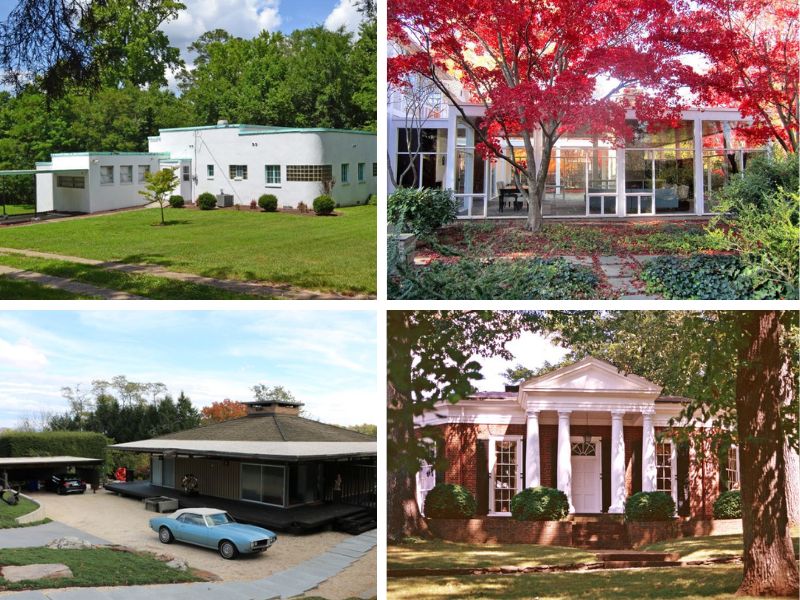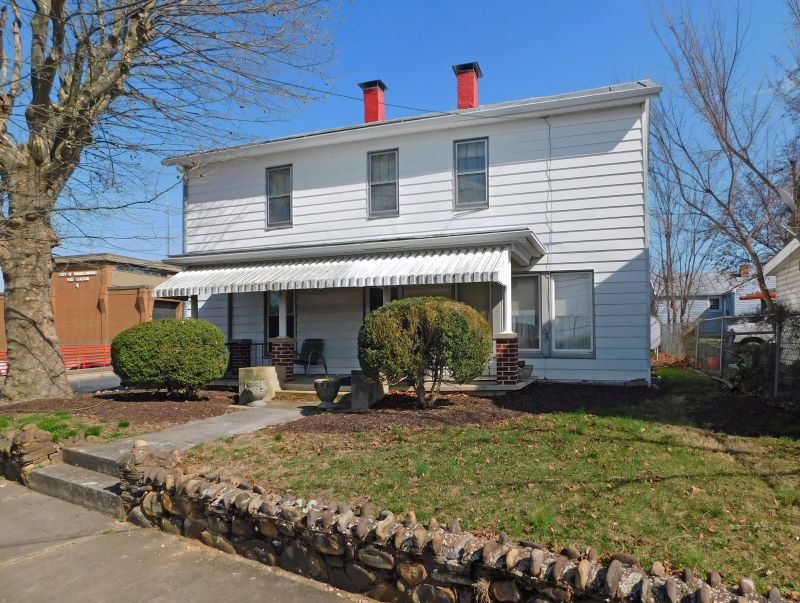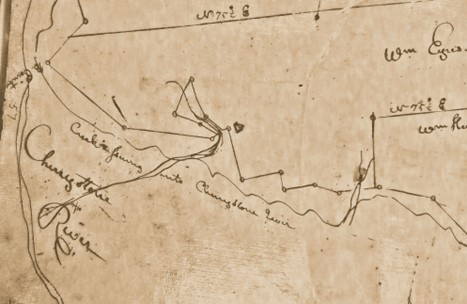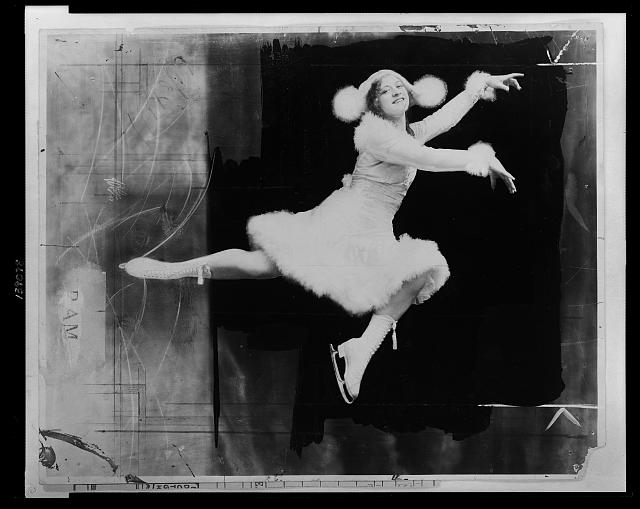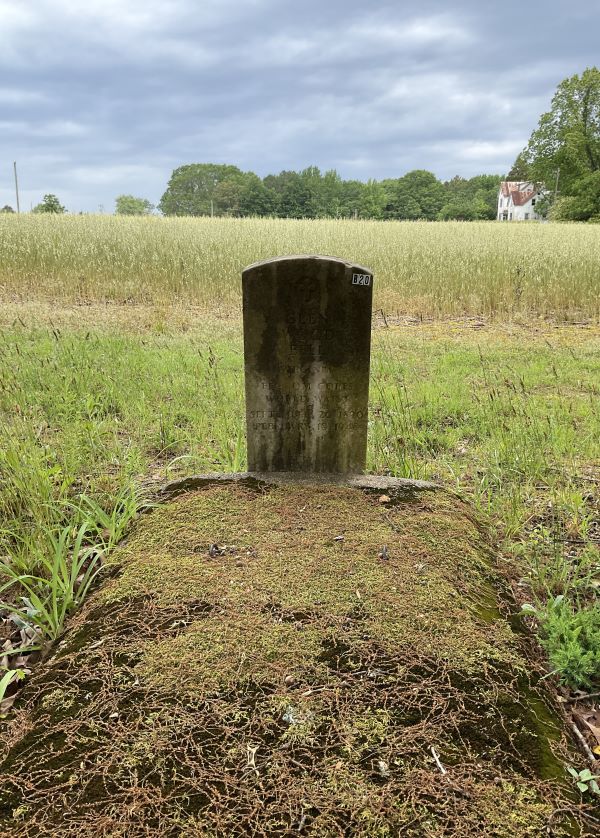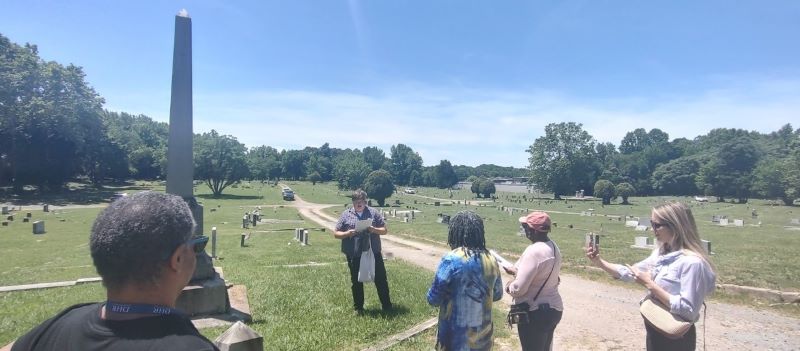Old Mansion in Caroline County: History, Houses, and Horses
Exploring the story behind one of the first properties in Virginia to be placed under an historic preservation easement.
By Megan Melinat
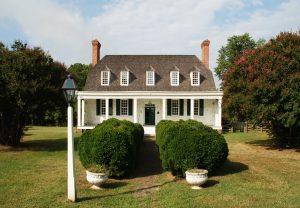
In 1966, the same year Congress passed the National Preservation Act, the Commonwealth of Virginia instituted the Virginia Historic Preservation Easement Program, thus establishing a tool that would enable historic landmarks to enjoy long-term legal protection while remaining in private ownership.
The Virginia Board of Historic Resources accepted Old Mansion, an 18th-century colonial manor house in Caroline County, as its first easement property in 1969, shortly after the house became listed in both the National Register of Historic Places and the Virginia Landmarks Register. Originally situated within a 3,000-acre land grant from Major George Thomas Hoomes in 1667, Old Mansion was constructed circa 1742, according to dendrochronological research. The dwelling was initially built as a one-and-one-half story masonry house. A two-story rear frame section was added to the house in 1791 and the front porch was constructed in the mid-19th century. While the interior layout has evolved somewhat over time, the house retains historic flooring and interior woodwork, as well as nine fireplaces.
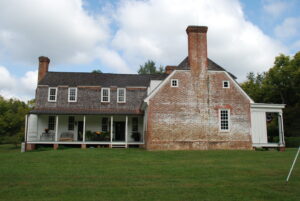
Old Mansion remains in private ownership. The 108-acre property is accessed via an elongated oval entry drive that surrounds the cedar tree-lined bowling green lawn at the front of the house. The adjacent landscape is a mixture of gardens, lawn, agricultural fields, vineyard, and woods. Geophysical survey conducted as recently as 2021 indicates the property retains a high potential for conveying additional information through archaeological study. While historians and archaeologists know the locations of outbuildings and formal garden components, experts have yet to investigate these structures.
Initially known as Bowling Green Farm, the property was the site of French Army encampments during the Revolutionary War. Stories of the French troops’ presence are reflected in soldier notations and supported by artifacts discovered during recent archaeological studies. Documented visitors to the property include several U.S. presidents, who traveled to the property either as guests or as customers of the owner’s noteworthy horse-breeding business. The property played a major role in the introduction of colonial horseracing to the United States, most significantly through the importation of the English stallion, Diomed, whose descendant, Sir Archy, is considered America’s first great racehorse.
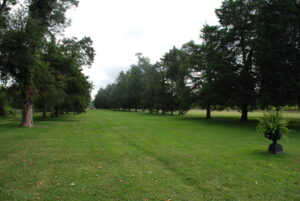
The inaugural safeguarding of Old Mansion in 1969 through a perpetual preservation easement facilitated the protection of hundreds of other properties in the Commonwealth over the last half century. This early decision to protect Old Mansion and its history and architecture in perpetuity established Virginia’s easement program, which has become one of the largest in country, as a leading model nationwide. The easement program protects historic properties listed in the Virginia Landmarks Register as well as Virginia battlefields associated with the Civil War, Revolutionary War, or War of 1812, and other properties of historic significance. It continues to accept applications from property owners seeking perpetual protection of historic resources.

